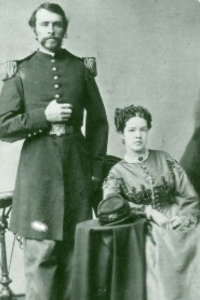Better educated and more literate than his colleagues, Macdonald penned a memoir that contains rare glimpses of life as a working-class tourist abroad. It also describes racier aspects of foreign life, like this fertility ritual in western India:
“At Dillinagogue there was a tank where the Gentoos [Hindus] bathe themselves and the women in particular. At the end of the tank is a piece of rising ground with a cross fixed 12 feet high, where a priest sits most days, naked as he was born. When the women come to enter the bath they make the priest a grand salaam [greeting]. They have a shift on when they entered the water. When a young girl who has been betrothed for some years is going home to her husband… goes to take the bath, she makes a grand salaam to the priest and kisses his private parts, hoping he will pray that they may have children. I took a great delight in going to see those ceremonies.”
Source: John Macdonald, Travels in Various Parts of Europe, Asia and Africa &c., 1790. Content on this page is © Alpha History 2019-23. Content may not be republished without our express permission. For more information please refer to our Terms of Use or contact Alpha History.

